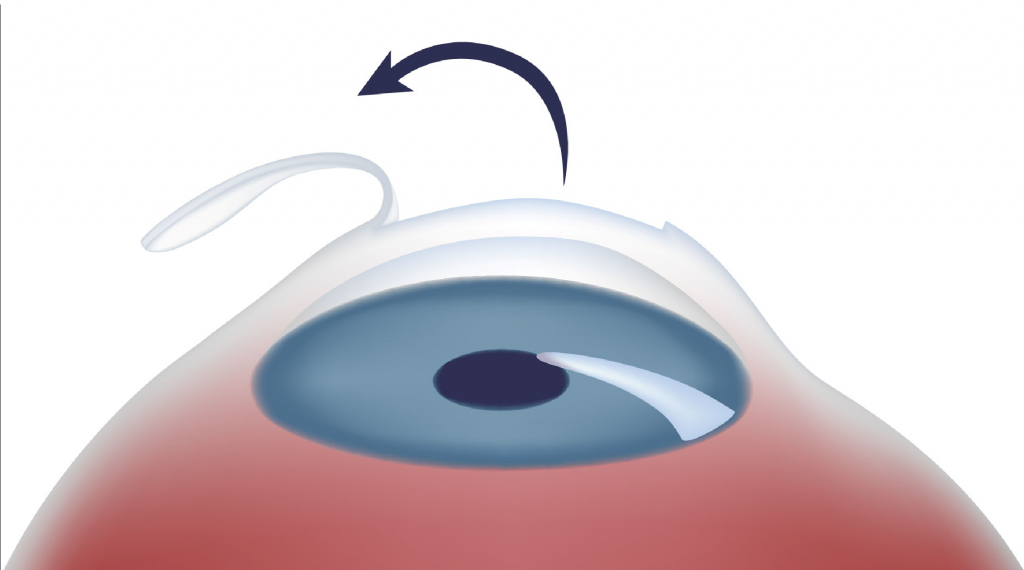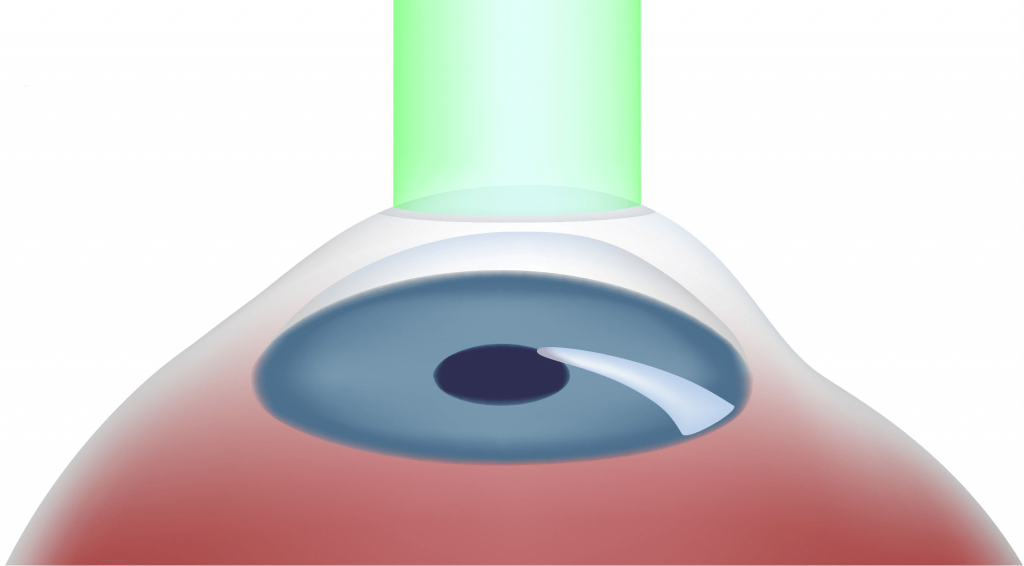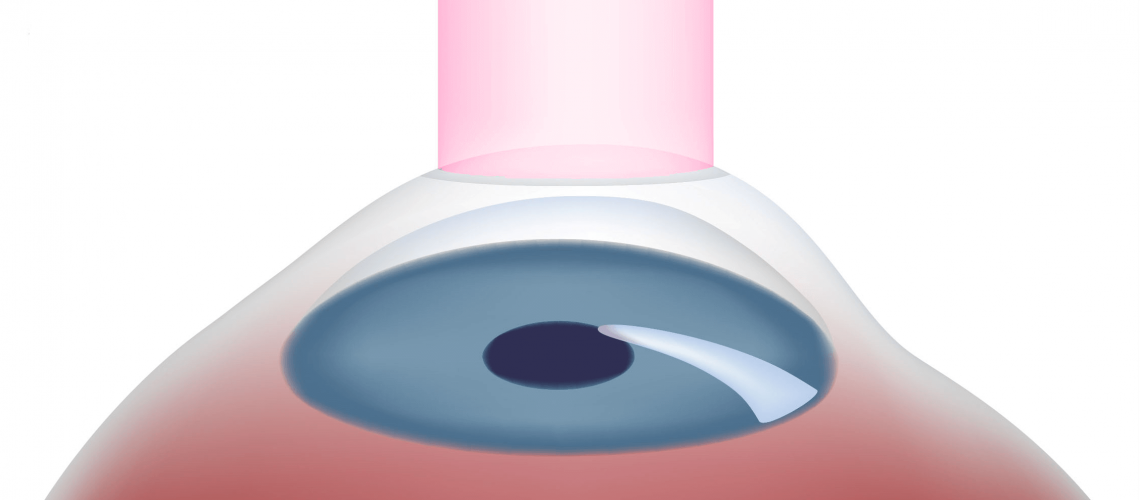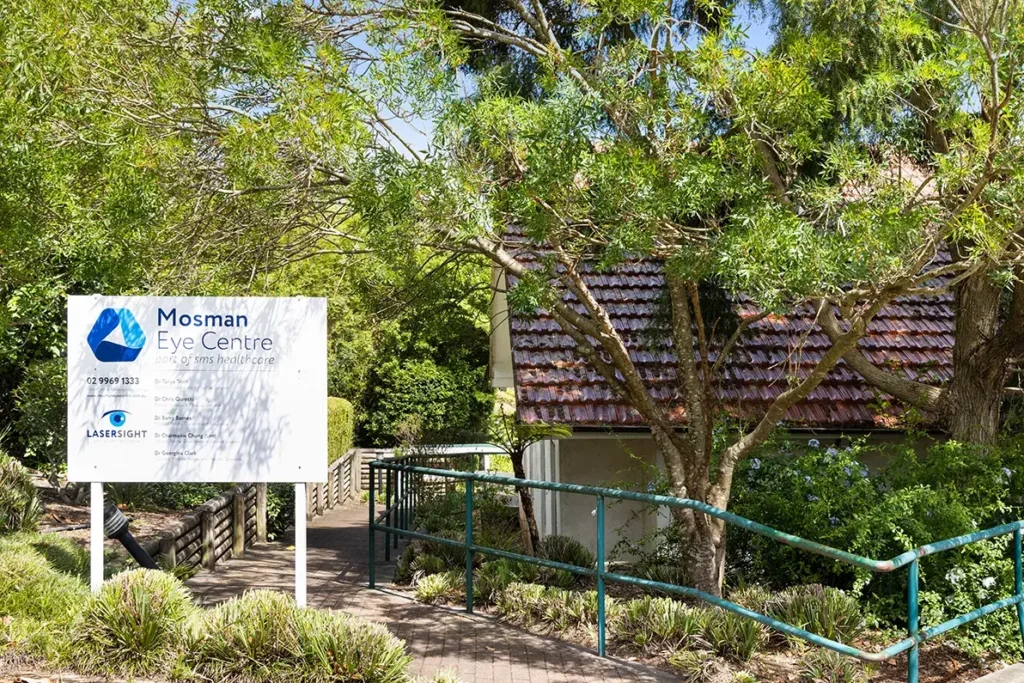



LASIK (laser assisted in situ keratomileusis) is the most common type of laser eye surgery performed.
LASIK’s eye-tracking technology is based on that used at NASA and enables surgeons to track the eye during surgery at several hundred times per second.
LASIK involves the use of two lasers, the first to create a small flap in the cornea and the second to reshape the cornea.
Before the procedure the eye is numbed with anaesthetic eye drops.
During the procedure the flap created by the first laser is lifted and pulled back to allow the surgeon to place tailored, computer-controlled laser pulses directly onto the cornea.
The first LASIK laser is an ultra-short pulse, or femtosecond laser that creates a very fine, uniform flap. The second LASIK laser is a ‘cool’ excimer laser that ablates the unwanted areas. Neither burn nor damage the surrounding tissue.
Following reshaping, the flap is folded back over the cornea where it reattaches almost immediately and heals on its own within days.
Each LASIK procedure usually takes 5 minutes and both eyes can be treated at the same time.
Final vision correction with LASIK is usually achieved immediately, however, on rare occasions it may take some weeks for the eyes to stabilise.





